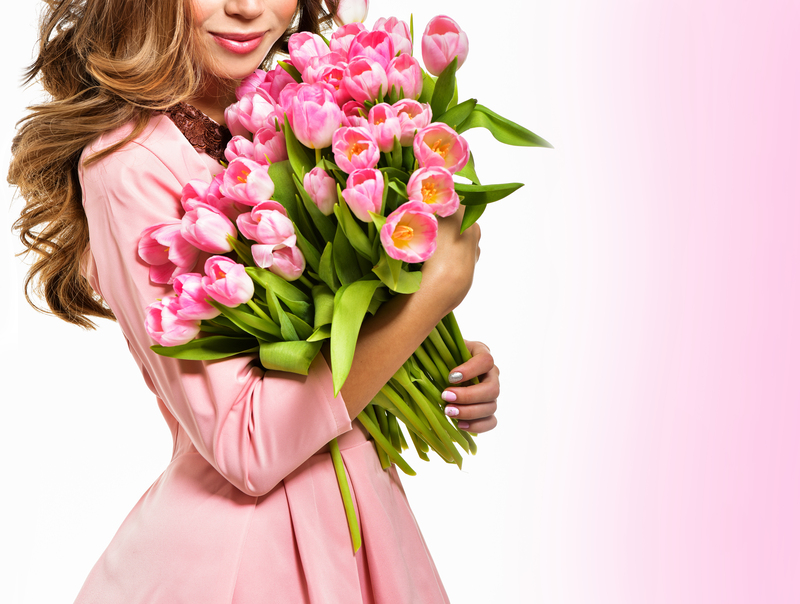Floral Language: The Art of Expressing Through Petals in Diverse Cultures
Throughout history, flowers have served as a vibrant medium for expression across various cultures. From the elaborate arrangements of Japan to the emotive bouquets of Europe, the ability to convey messages using blooms has fascinated humanity for centuries. This article delves into the intriguing world of floral language, revealing how petals can serve as a universal form of communication.
The Origins of Floral Language
The roots of floral language can be traced back to ancient civilizations. It is believed that the Egyptians, Greeks, and Romans attributed specific symbolic meanings to flowers based on mythology and religious practices. However, it wasn't until the Victorian era that floral language truly blossomed into a refined means of communication.
During this period, strict societal norms often prohibited individuals from openly expressing emotions. As a result, an elaborate system of communication developed around flowers. Each bloom, color, and arrangement could convey a spectrum of messages, from love and admiration to sorrow and disdain.

Floral Language Across Different Cultures
Floral language is not limited to the Victorian period or Western culture. Many cultures around the world have unique interpretations of flowers that reflect their beliefs and traditions. Below, we explore a few examples of how different societies utilize flowers to express their sentiments:
- Japan - The Art of Ikebana: In Japan, the ancient art of Ikebana focuses on the spiritual aspect of arranging flowers. Unlike Western floral arrangements, Ikebana emphasizes harmony between the natural world and human creativity. Each element in the arrangement, from the choice of flowers to the lines they create, holds deep symbolic meaning, allowing creators to convey profound emotions through their designs.
- India - Flowers in Festivals and Worship: Flowers are central to Indian culture, often used in festivals, weddings, and religious rituals. The lotus, in particular, holds significant spiritual meaning, symbolizing purity and enlightenment. Indian floral language is often gilded with layers of tradition, which varies between communities and regions.
- Mexico - Marigolds in Day of the Dead: In Mexico, marigolds (often called cempas?chil) play a crucial role during the Day of the Dead celebrations. Their vibrant color and strong fragrance are believed to guide the spirits of the deceased back to the world of the living. The language of marigolds in this context encompasses love, remembrance, and the cyclical nature of life and death.
- Turkey - Ottoman Floriography: In the Ottoman Empire, an intricate "language of flowers" developed, known as Selam. This practice involved using flowers to convey messages and emotions with elaborate significance tied to lore, poetry, and secret communications. The art of floriography in Ottoman culture was a sophisticated form of social interaction.
Symbolisms and Meanings of Popular Flowers
Each flower carries its own set of meanings, often varying from culture to culture. Here's a closer look at some of the most popular flowers and their interpretations:
- Roses: Widely recognized as the "flower of love," roses embody a range of emotions based on their color. Red roses symbolize passionate love, while yellow roses signify friendship and joy. White roses are often associated with purity and new beginnings.
- Lilies: In many cultures, lilies represent purity and refined beauty. They are commonly used in funerals as a symbol of the restoration of innocence after death.
- Orchids: Revered in the Chinese culture, orchids symbolize luxury and strength. They are also associated with fertility, unity, and refinement.
- Daisies: Known for their simplicity and charm, daisies are often linked to innocence and purity. In some cultures, they also represent new beginnings and hope.

Modern Interpretations of Floral Language
In today's world, the language of flowers continues to evolve. While the stringent rules of Victorian floral language have relaxed, people still use flowers to express emotions and celebrate occasions. Modern florists often blend traditional meanings with contemporary aesthetics to create personalized messages through floral arrangements.
Moreover, the advent of digital communication has brought new dimensions to floral expressions. Virtual flowers have become popular in social media and apps, allowing individuals to send emotion-laden "flowers" across the globe at the click of a button.
Conclusion: The Everlasting Appeal of Floral Language
Floral language remains a cherished art form that transcends borders and cultures. Whether as a means of communication or a way to commemorate occasions, the symbolic power of flowers endures. By understanding the diverse meanings attached to different blooms, we can enrich our interactions with nature and each other, embracing the timeless beauty of expressing through petals.
As you explore the world of floral language, consider the profound stories waiting to be told through each petal. The art of expressing through flowers continues to captivate and inspire, offering a window into the human heart and spirit.

